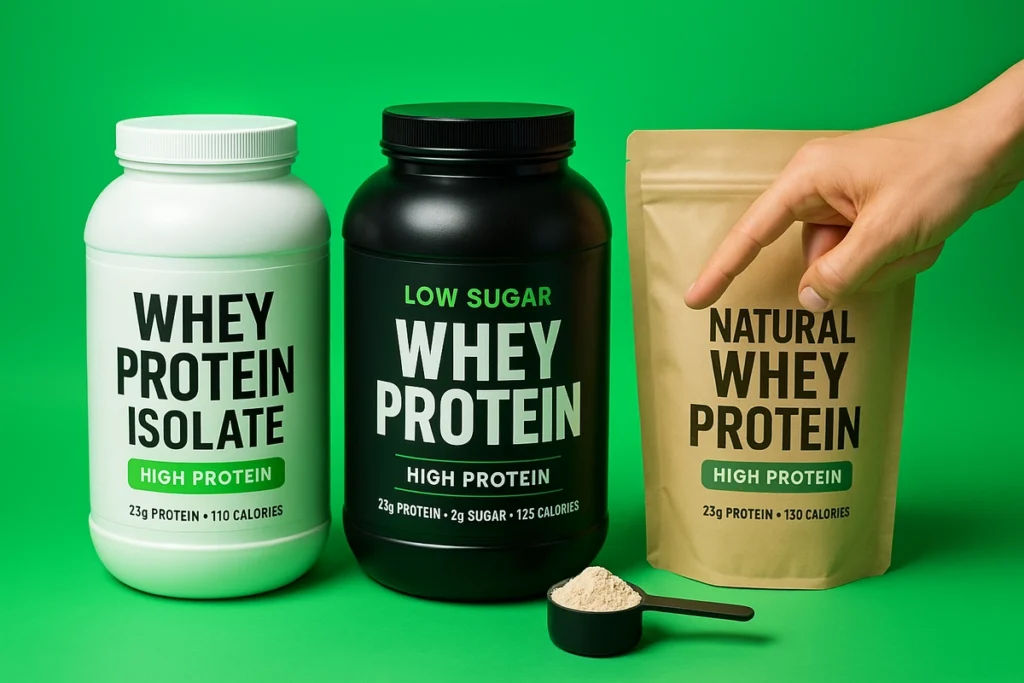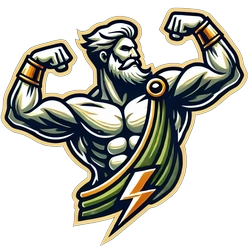Whey protein is everywhere — from gym bags to kitchen counters — and the good news is, yes, you can absolutely take it even if you’re not working out.
As a professional fitness coach with years of experience both in the gym and coaching clients online, I can tell you firsthand: you can absolutely take whey protein even if you’re not exercising.
It’s simply a convenient, high-quality source of protein your body can use, no matter your activity level.
Let’s dive deeper into what actually happens when you do, and how to use it wisely.
Table of contents
What Happens If You Take Whey Protein Without Working Out?

If you start drinking whey shakes but aren’t lifting weights or doing intense cardio, don’t expect to magically pack on muscle.
Here’s what actually happens:
- Your body still uses that protein to repair tissues, maintain healthy skin, hair, and nails, and support your immune system.
- You help preserve lean muscle mass, especially important as you age.
- You may feel fuller longer, making it easier to avoid junk food or mindless snacking.
However — and it’s a big however — if you overdo it and keep piling on calories without adjusting your overall intake, you could gain fat over time.
That’s why balance is key.
Personal Example
When I injured my shoulder two years ago and had to pause intense training for eight weeks, I kept having one whey shake a day.
It helped me stay full, kept my energy levels steady, and most importantly — I lost far less muscle than I would have without it.
If you’re wondering how whey compares to other proteins, check out my detailed guide on Casein vs Whey for Muscle Growth.
Who Might Benefit from Taking Whey Without Training?

You might be surprised at how many people can actually benefit from whey protein even when they’re not working out hard:
- Busy professionals who don’t have time for full meals
- Older adults who naturally lose muscle mass with age
- Injury recoveries where keeping muscle is crucial
- People struggling with appetite or protein intake
Real-world story
Jason, one of my online coaching clients from Canada, tore his ACL and couldn’t train for three months. We kept whey protein in his diet once daily.
The result? He maintained most of his muscle mass and bounced back faster during rehab.
On the flip side, Maria from Spain — another client — shifted to a remote desk job and started gaining unwanted weight from high-carb snacks.
Adding a simple whey shake once a day helped her manage hunger and stay on track without feeling deprived.
If you want to maximize the benefits of protein throughout the day, you might also enjoy reading about taking whey protein at night.
How to Use Whey Protein If You’re Not Exercising Much

If your workouts are on pause, the way you use whey needs a little tweaking too:
- Think of whey as a snack or small meal, not an “extra.”
- Stick to one serving — usually about 20–25g of protein.
- Mix it light: I often just blend it with water and half a banana or throw in a handful of spinach with almond milk.
- Be mindful of total calories — your daily needs are lower when you’re not training hard.
Pro Tip
Avoid turning every whey shake into a 600-calorie “monster smoothie” when you’re less active — keep it simple and purposeful!
Curious about how whey compares to other options like EAAs (Essential Amino Acids)?
You can read my detailed comparison on EAAs vs Protein Powder for muscle support.
Tips for Choosing the Right Whey Protein

Choosing the right product matters even more when you’re less active. Here’s what I recommend:
- Pick a whey isolate if you’re sensitive to lactose.
- Go for low-sugar, low-fat options to avoid hidden calories.
- Choose brands with minimal ingredients — the simpler, the better.
Personally, I always stick to clean formulas with no unnecessary fillers when my training volume drops.
Final Thoughts: Should You Take It or Not?

If your goal is to meet your daily protein needs, maintain muscle, and support your health, whey protein can absolutely be a smart, easy addition — even if you’re not hitting the gym.
However, if you’re already getting enough protein through real foods and you’re barely active, you might not need it.
My Take as a Fitness Coach
Whey is food, not magic. Use it wisely.
Treat it as part of a balanced, thoughtful nutrition plan — not as a shortcut.
Whether you’re active, recovering, or simply managing a busy life, whey can be a powerful tool to support your long-term health and fitness goals.
And remember: progress is never about perfection. It’s about making the best choices you can — every day, one step at a time.



Leave a Reply